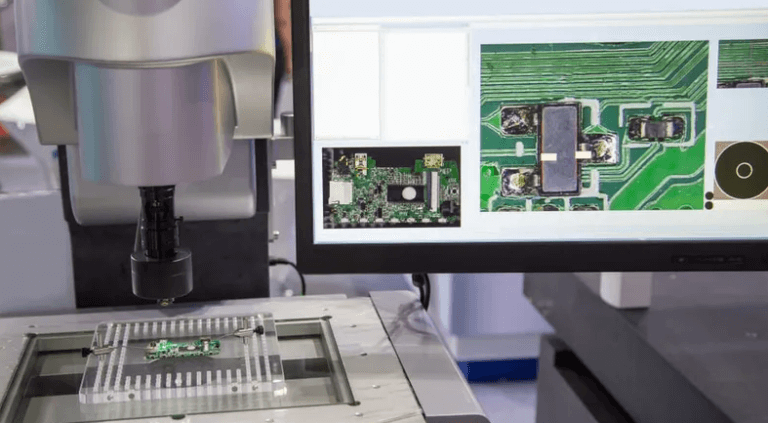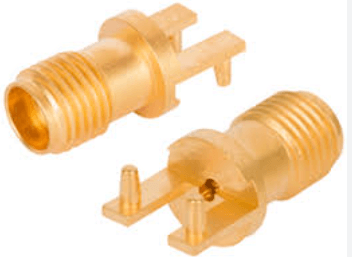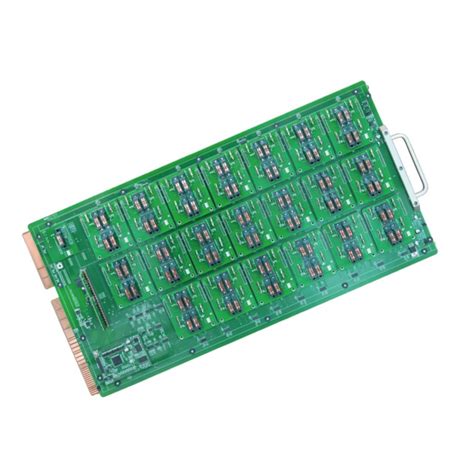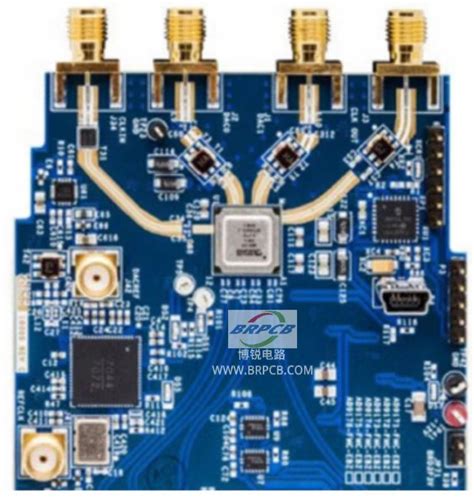Precautions for correcting FPC film deformation related methods
1, the splicing method:
Applicable: the film with less dense lines and inconsistent deformation of the film layers; it is especially suitable for the deformation of the solder mask and multilayer power supply ground film;
Not applicable: negative film with high wire density, line width and spacing less than 0.2mm;
Note: When cutting, try to minimize the damage to the wire and not damage the pad. When splicing and copying, you should pay attention to the correctness of the connection relationship.
2. Change the hole position method:
Applicable: The deformation of each layer is consistent. Line-intensive negatives are also suitable for this method;
Not applicable: The film is not uniformly deformed, and the local deformation is particularly serious.
Note: After using the programmer to lengthen or shorten the hole position, the hole position of the tolerance should be reset.
3, hanging method:
Applicable; a film that has not been deformed and prevented from being deformed after copying;
Not applicable: Deformed negatives.
Note: Dry the film in a ventilated and dark (safe and okay) environment to avoid contamination. Make sure that the air temperature is the same as the temperature and humidity at the work place.
4, the pad overlap method:
Applicable: The graphics lines are not dense, and the line width and spacing are greater than 0.30mm;
Not applicable: In particular, the user has strict requirements on the appearance of the printed circuit board;
Note: The pad is elliptical due to overlapping copies. After overlapping copies, the halo and deformation of the lines and disc edges.
5, photo method:
Applicable: The deformation ratio of the film in the length and width directions is the same. When it is inconvenient to re-drill the test plate, only the silver salt film is applicable.
Not applicable: The film has different length and width deformation.
Note: Focus should be accurate when shooting, to prevent line distortion. The loss of the negative film is large. Under normal circumstances, it is necessary to have multiple adjustments to obtain a satisfactory circuit pattern.
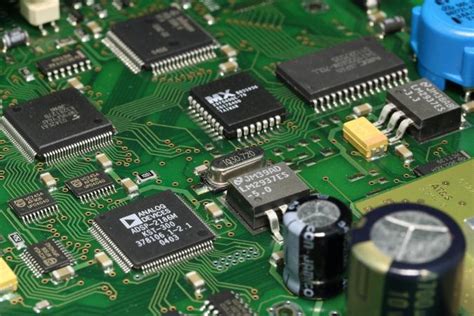
Board considerations
1. Single-sided pad:
Do not use padding to act as a pad for surface mount components. Single-sided pads should be used. Normally, single-sided pads are not drilled, so the aperture should be set to zero.
2. Vias and pads:
Do not replace the vias with pads, and vice versa.
3. Text requirements:
Character marking, etc. should avoid the upper pads, especially the pads of the surface mount components and the pads on the Bottem layer, and should not be printed with characters and labels. If the real space is too small to put on the pad and need to be placed on the pad, and there is no special statement on whether to retain the character, we will cut off the character part of any upper pad on the Bottem layer (not the entire character is cut off) and cut off. The character portion on the component pad is attached to the TOP layer to ensure solder reliability. If the characters are printed on the large copper, the characters are printed after the tin is sprayed, and the characters are not cut. Off-board characters are always deleted.
4. Solder mask green oil requirements:
A. Where the specification is designed, the solder joints of the components are represented by pads. These pads (including vias) will not be soldered automatically, but if the pad is used as the pad or the segment is used as the gold finger plug Without special treatment, the solder mask oil will cover these pads and gold fingers, which may cause misunderstanding errors.
B. On the board except for the pad,
if some areas do not need solder mask ink (ie special solder mask), it should be on the corresponding layer (the top layer is painted on the Top Solder Mark layer, and the bottom layer is drawn on Bottom). On the Solder Mask layer, use solid graphics to indicate areas where solder resist ink is not applied. For example, if a tin is exposed on a rectangular area on a large copper surface of the Top layer, the solid rectangle can be drawn directly on the Top Solder Mask layer without editing a single-sided pad to express the solder resist ink.
C. For boards with BGAs, the via pads next to the BGA pads must be covered with green oil on the component side.
5. Copper area requirements:
Large-area copper plating, whether made of mesh or solid copper, requires more than 0.5mm from the edge of the board. The copper-free grid size requirement for the grid is greater than 15 mil x 15 mil, which is in the Plane Settings in the grid parameter setting window.
(Grid Size value) – (Track Width value) ≥ 15mil, Track Width value ≥ 10, if the grid has no copper grid point less than 15mil × 15mil in the production is likely to cause other parts of the circuit board to open, at this time should be laid copper, set set:
(Grid Size value) – (Track Width value) ≤ -1 mil.
6. The expression of the shape:
The shape processing drawing should be drawn on the Mech1 layer. If there are special holes, square grooves, square holes, etc. in the board, it is also drawn on the Mech1 layer. It is best to write the CUT type and size in the groove, and draw square holes, square grooves, etc. When drawing the contour, consider the arc of the turning point and the end point. Because it is machined by CNC milling machine, the diameter of the milling cutter is generally φ2.4mm and the minimum is not less than φ1.2mm. If the 1/4 arc is not used to represent the turning point and the end point rounding, it should be marked with an arrow on the Mech1 layer, and please mark the tolerance range of the final shape, as shown in the figure:
R1.2mm×4
CUT
CUT
CUT
Rectangular
Hole
R milling cutter radius
7. How to express long holes on the pad:
The hole diameter of the pad should be set to the width of the long hole, and the outline of the long hole should be drawn on the Mech1 layer. Note that the two ends are arcs, considering the installation size.
8. Expression of metallized and non-metallized holes:
Generally, there is no description of the Multilayer pad hole, which will be metallized. If you do not make hole metallization, please mark it on the Mech1 layer with arrows and text. For the shaped holes, square grooves, square holes, etc. in the board, if the edges are surrounded by copper foil, please indicate whether the holes are metallized. A hole having a conventional lower hole and a pad as large as or without a pad and having no electrical properties is regarded as a non-metallized hole.
Plated
No plated
No plated
9. How to set the hole size when the component foot is square:
Generally, when the side length of the square pin is less than 3 mm, it can be assembled with a round hole. The hole diameter should be set to be slightly larger than the diagonal value of the square (considering the dynamic fit). Do not intentionally set the side length value, otherwise it will not be assembled. For larger square feet, the outline of the square hole should be drawn at Mech1.
10. When multiple different boards are drawn in one file and you want to split the delivery, draw a border for each board on the Mech1 layer with a 100 mil spacing between the boards.
11. The relationship between the hole diameter setting and the pad minimum:
In general, the component’s foot diameter, pad diameter, via hole diameter and via diameter should be considered when placing components in the early stage of wiring, so as to avoid the inconvenience caused by the modification of the finished wiring. If the hole diameter of the component’s pad is set to X mil, the pad diameter should be set to ≥X+18mil.
D pad copper foil
δ
Substrate
X
Section d hole
X: The set welding hole diameter (our company’s process level, the minimum value is 0.3mm).
d: borehole diameter during production (generally equal to X+6mil)
D: pad outer diameter
δ: (d-X)/2: hole metallized hole wall thickness
The vias are similar to the pads: the general via diameter is ≥0.3mm, and the via is set to ≥X+16mil.
12.
Line width
Line spacing
Pad and line spacing
Pad to pad pitch
Character line width
Character height
suggested value
≥8mil
≥8mil
≥8mil
≥8mil
≥8mil
≥45mil
Limit value
5mil
5mil
5mil
5mil
6mil
35mil
13. The relationship between the finished hole diameter (X) and the electrical isolation disk diameter (Y): Y ≥ X + 42 mil, isolation bandwidth 12 mil.
The lower limit of the above parameters is the process limit. For more reliability, please try to be slightly larger than this value.


